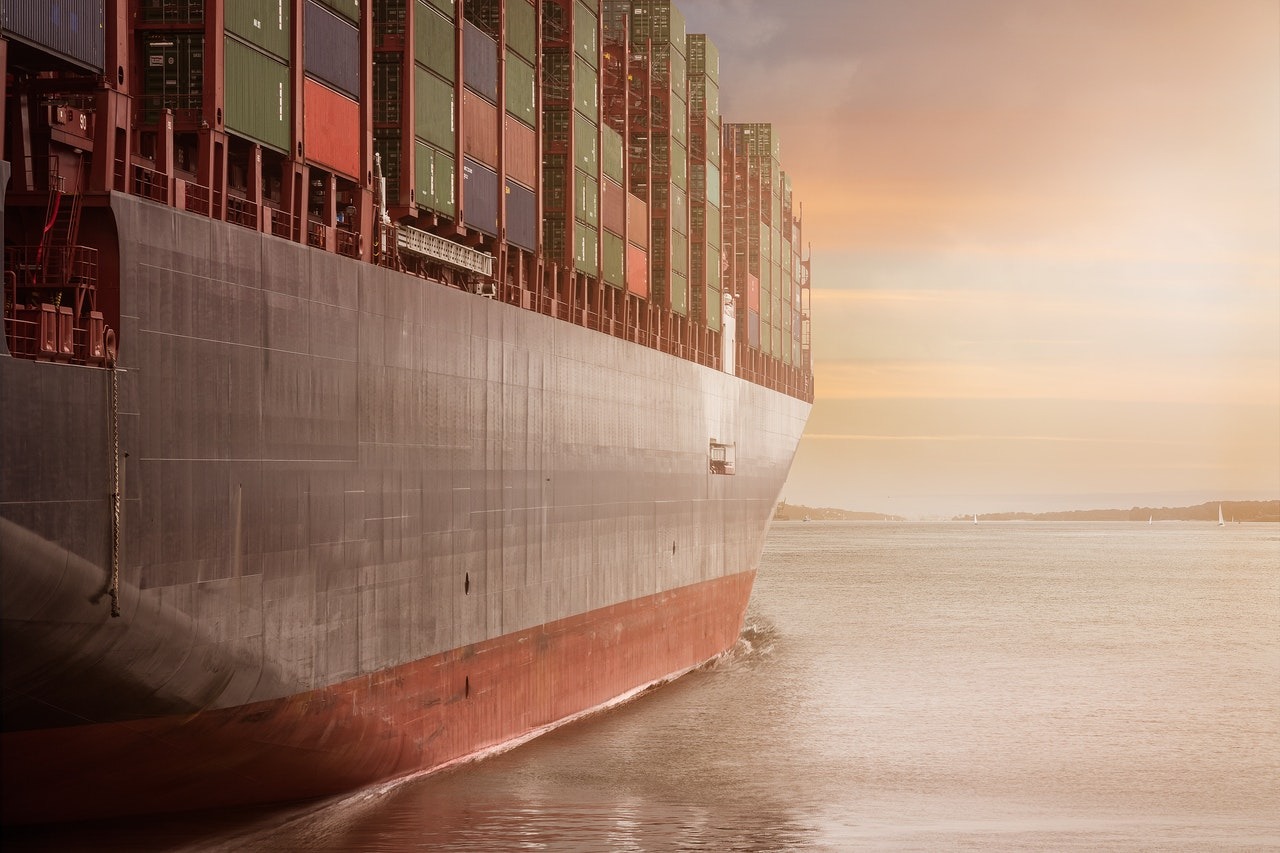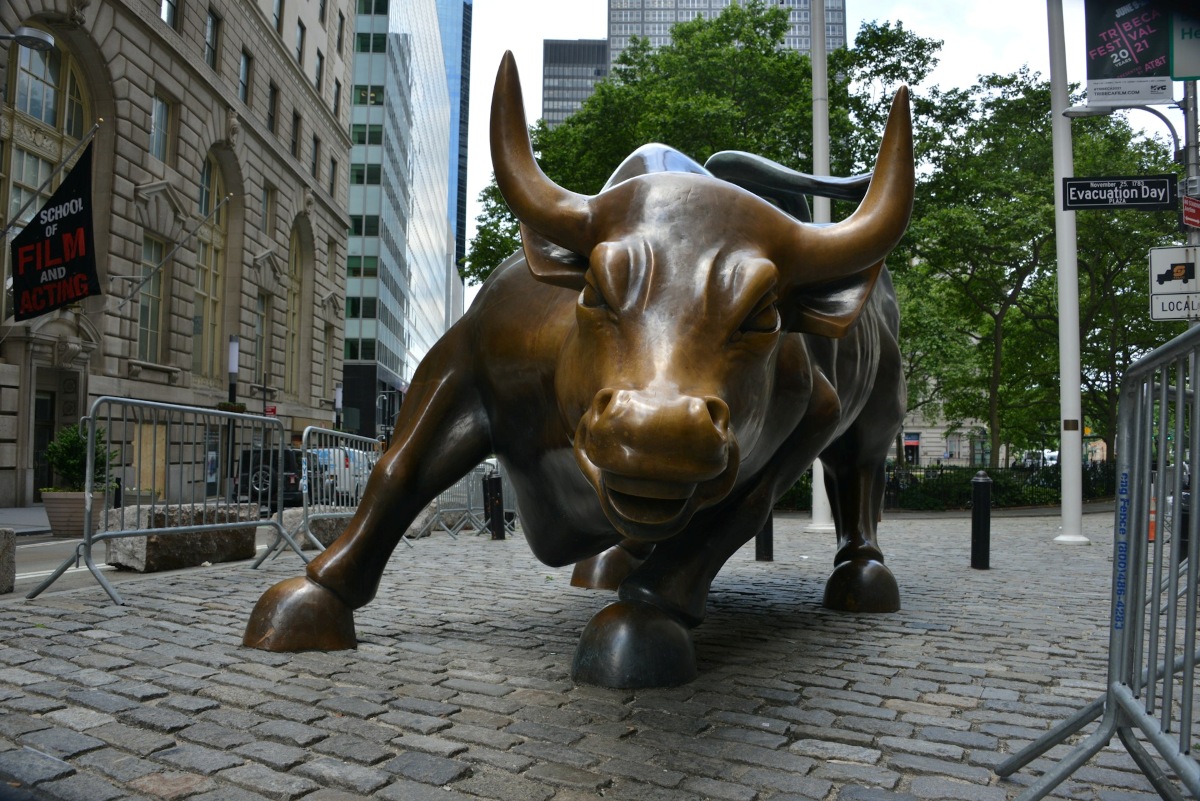Claude Calleja is an Executive at the eSkills Malta Foundation
The globally interconnected retail supply chain underwent rapid transformation in 2020 as the global pandemic affected deeply packaged goods. Manufacturers in dozens of industries face new threats from a pandemic that, according to the World Health Organization (WHO), has behaved like no other in the history of the global food and beverage industry.
Retailers are making changes to supply chain strategies in response to the global coronavirus crisis. 41 per cent of them allow longer delivery times for stock orders, while four in ten (40 per cent) allow longer delivery times for customers.
In response to the impact of COVID 19, a third (33 per cent) of retailers have developed contingencies to protect themselves from supply chain disruptions. To ensure continuity of business, retailers and suppliers want to know how and where they can source raw materials, monitor the movement of goods and track available inventories.
Supply chains are resilient when retailers have relationships with multiple suppliers of the same product and hold large security stocks. Resilience issues are less relevant to the food supply chain, as it tends to be more dependent on the availability of raw materials rather than the quality of products from other industries.
However, companies that rely on a few suppliers in a particular region can face extreme supply chain disruptions. Since many retailers use a just-in-time production model to reduce idle inventory, and lessen costs, the pandemic broke or weakened already fragile supply chains that affected inventories.
The impact of the pandemic on the supply chain forced companies to anticipate future disruptions and develop rapid responses to their supply chains. It is imperative that companies operating global supply chains are aware of news that could cause disruption. To mitigate the impact of supply chain disruptions, companies need to unify digital supply networks to connect all stakeholders into a single digital platform, making supply chain management easier and more efficient.
Although several academics emphasise supply chain cooperation, most supply chains are transactional. For example, when demand increases sharply, it can resonate globally, leading retailers, wholesalers, and manufacturers to order more goods, creating a domino effect that leads to bottlenecks and inefficiencies.
This situation exacerbates the impact on the supply chain and reveals the fragility of logistics management and lobbying. Fortunately, new supply-chain technologies are emerging that dramatically improve visibility to the end of supply chains and support a company’s ability to withstand shocks.
First, supply chain managers can work to identify suppliers in their network that offer the same or similar products. The more suppliers, the better and more efficient the supply chain management system is.
The pandemic will be a test of the supply chain’s resilience. The eSkills Malta Foundation advises that companies assess supply chain vulnerabilities in the light of what can and may not be realised in some parts of them. In the event of an unexpected crisis, such as a natural disaster, a terrorist attack, or a cyber-attack or just really bad weather, supply chains are more exposed to risk.
MedservRegis: Debt reduction plan in sight
MedservRegis plc’s new €25 million bond issue reflects a major financial recovery
Will the rally last?
This week marks the 3rd anniversary of the current bull market in US equities
More than 70,000 active rental contracts with the Housing Authority in the first half of 2025
This figure marks an increase of 7.5% compared to the same period in 2024







